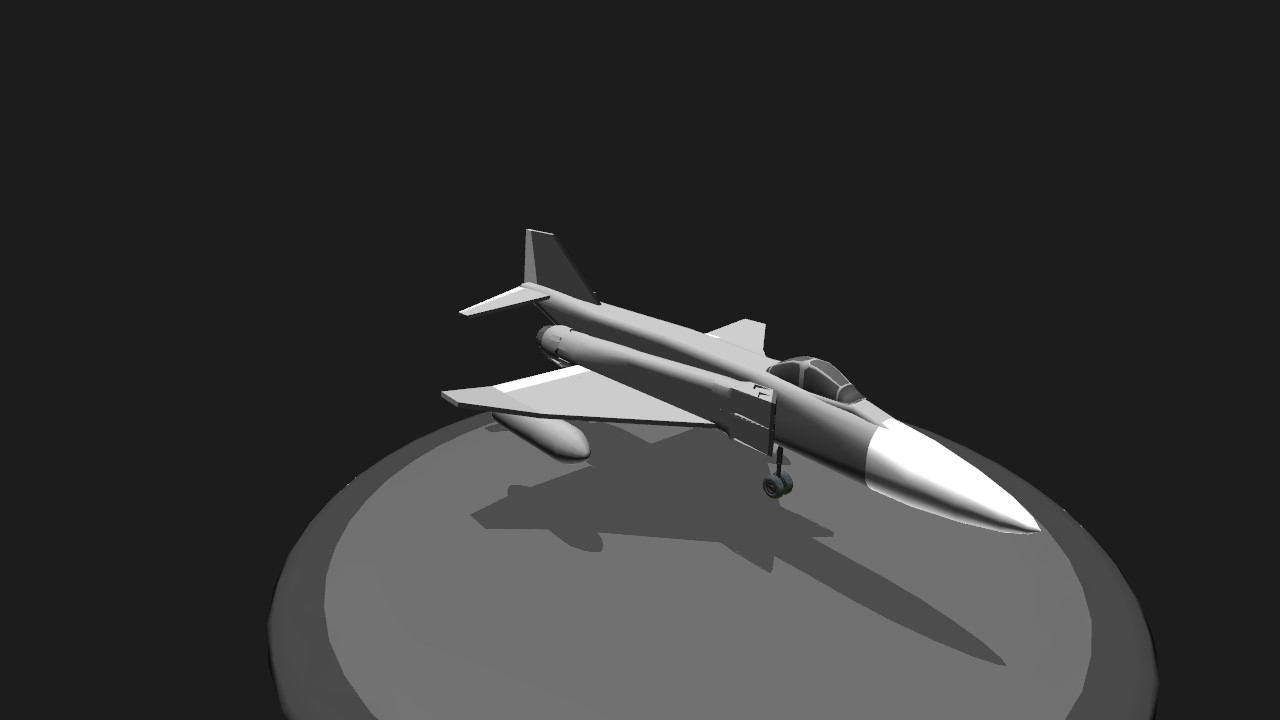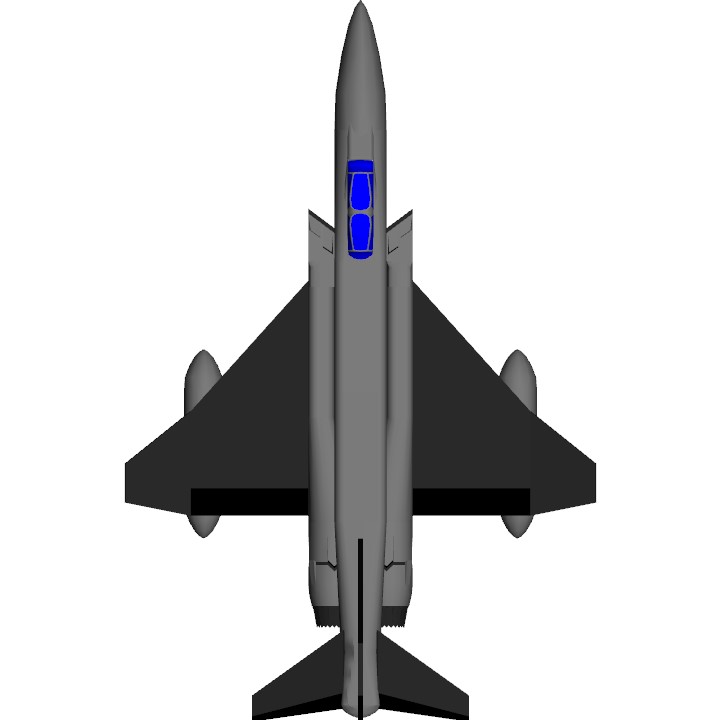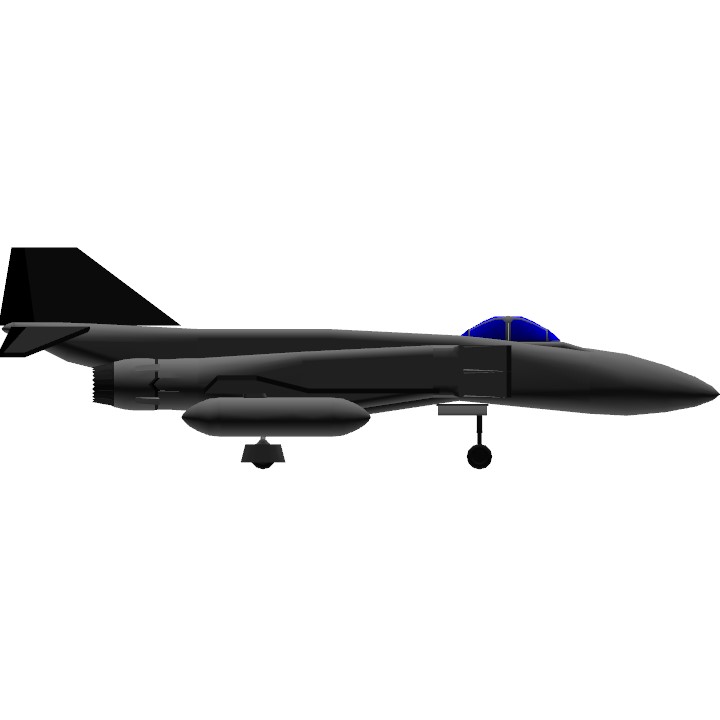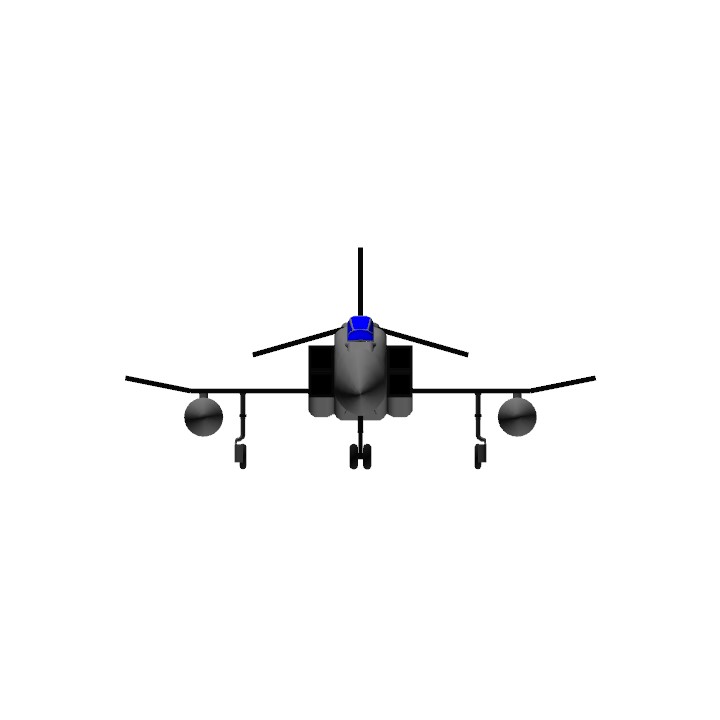Really loving what the new fuselage pieces are helping to create! Here's my take on the F-4 Phantom! I realize now the nose is a little off so I'll hopefully tweak that soon.
The McDonnell Douglas F-4 Phantom II is a tandem two-seat, twin-engine, all-weather, long-range supersonic jet interceptor aircraft/fighter-bomber originally developed for the United States Navy by McDonnell Aircraft. It first entered service in 1960 with the U.S. Navy. Proving highly adaptable, it was also adopted by the U.S. Marine Corps and the U.S. Air Force, and by the mid-1960s had become a major part of their respective air wings.
The Phantom is a large fighter with a top speed of over Mach 2.2. It can carry more than 18,000 pounds (8,400 kg) of weapons on nine external hardpoints, including air-to-air missiles, air-to-ground missiles, and various bombs. The F-4, like other interceptors of its time, was designed without an internal cannon. Later models incorporated an M61 Vulcan rotary cannon. Beginning in 1959, it set 15 world records for in-flight performance, including an absolute speed record, and an absolute altitude record. (Via Wikipedia)
Specifications
General Characteristics
- Created On Windows
- Wingspan 29.3ft (8.9m)
- Length 45.2ft (13.8m)
- Height 13.8ft (4.2m)
- Empty Weight 10,549lbs (4,784kg)
- Loaded Weight 30,597lbs (13,878kg)
Performance
- Power/Weight Ratio 2.203
- Wing Loading 112.2lbs/ft2 (547.8kg/m2)
- Wing Area 272.7ft2 (25.3m2)
- Drag Points 4279
Parts
- Number of Parts 47
- Control Surfaces 5
- Performance Cost 330






